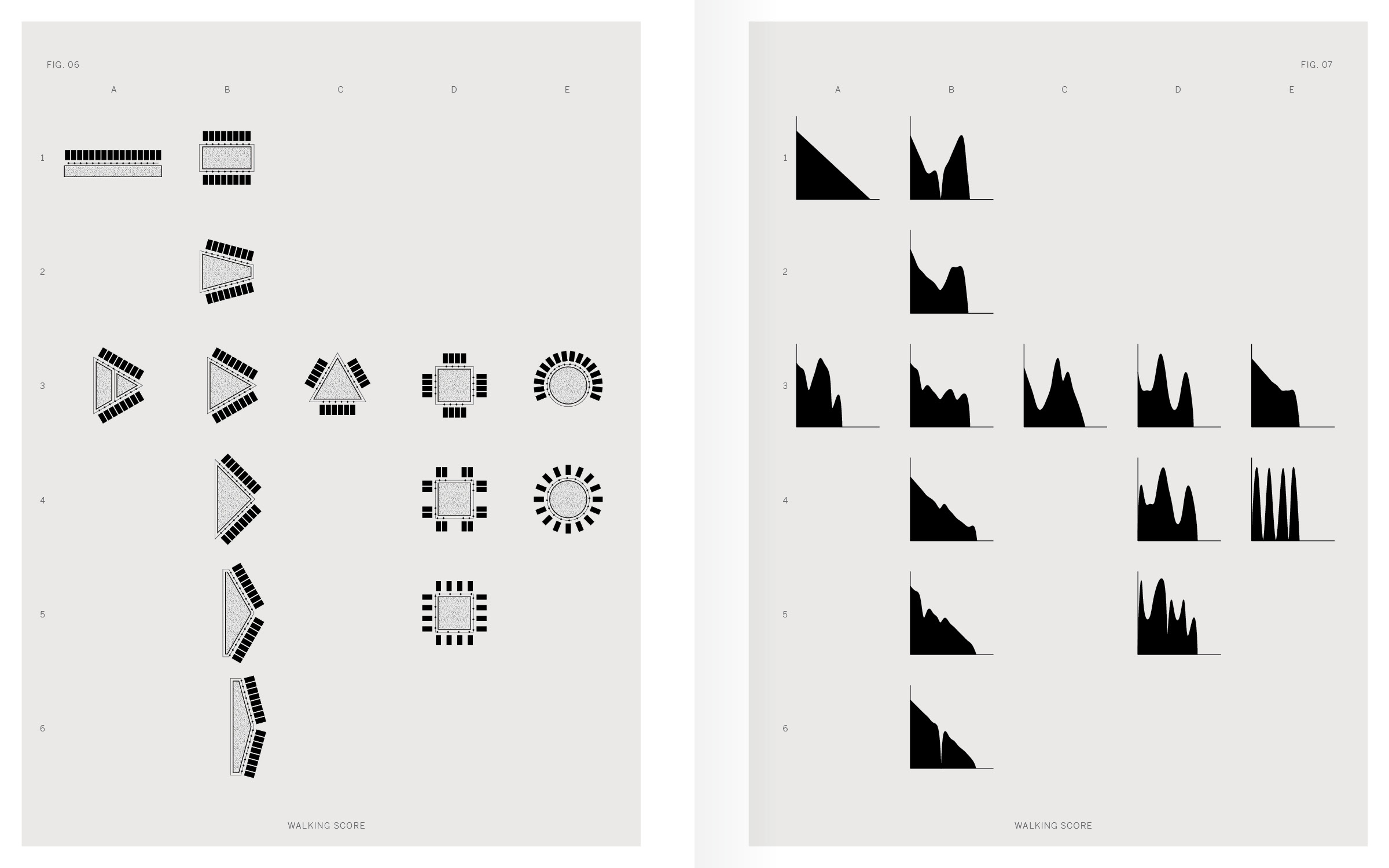Treatment & Control
Advisors Iñaki Abalos and Allen Sayegh
GSD M. Arch I Thesis — 2015
Advisors Iñaki Abalos and Allen Sayegh
GSD M. Arch I Thesis — 2015
GSD, architecture, computation, healthcare, behavioral economics, evidence based design, isovists, perception, machine learning
This project considers the architect’s ability to articulate value in the hospital--a place, according to surgeon Atul Gawande, “built to ensure survival at all costs and unclear how to do otherwise.” Advocating for ‘good’ design in an industry dominated by drugs and treatments that demonstrate their worth through randomized control trials, the architect is armed only with anecdotal evidence and too-small sample sizes. Bespoke projects and a web of interdependent variables mean that it’s easier for the architect to generate a hypothesis than to provide evidence to back it.
























In search of evidence
This project claims that buildings can generate this evidence, but only if they are designed to do so. It proposes a catalog of geometric and temporal strategies for isolating architectural variables into ‘treatment’ and ‘control’ groups, adapting a public health framework to rigorously evaluate individual architectural characteristics’ impact on health outcomes.
This project claims that buildings can generate this evidence, but only if they are designed to do so. It proposes a catalog of geometric and temporal strategies for isolating architectural variables into ‘treatment’ and ‘control’ groups, adapting a public health framework to rigorously evaluate individual architectural characteristics’ impact on health outcomes.













Designed for Patients
But just as this project argues for an expanded role of evaluation, it is wary of its potential to become, in Foucault’s terms, an apparatus for subjectification if left undelimited. End-of-life care represents a segment of the medical industry that is beginning to open up to the idea that lives saved cannot be the ultimate metric of success. A series of architectural strategies aim to de-subjectify the patient by identifying and exploiting degrees of freedom in an otherwise prescribed environment, leaving room for varied, subjective experience. In doing so, the project argues for the necessity of both, within clearly defined limits.
![]()
![]()
![]()
![]()
But just as this project argues for an expanded role of evaluation, it is wary of its potential to become, in Foucault’s terms, an apparatus for subjectification if left undelimited. End-of-life care represents a segment of the medical industry that is beginning to open up to the idea that lives saved cannot be the ultimate metric of success. A series of architectural strategies aim to de-subjectify the patient by identifying and exploiting degrees of freedom in an otherwise prescribed environment, leaving room for varied, subjective experience. In doing so, the project argues for the necessity of both, within clearly defined limits.







